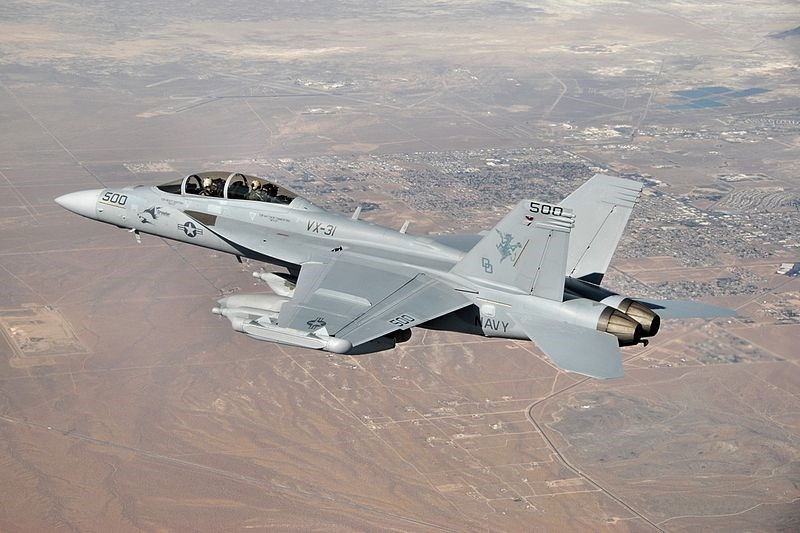Some mysteries might never be explained. The meaning of life. Black holes. Amelia Earhardt. How the Canucks could trade both Schneider and Luongo.
And, of course, the Rumbles.
A column earlier this month questioned the source of a low rumbling sound periodically heard around Greater Victoria, most notably in Oak Bay and on the east side of the Saanich Peninsula.
Reader responses poured in. Most reinforced the common theory that the noise comes from jets training at the U.S. navy’s air base on Whidbey Island. Victorians began talking about the Rumbles not long after the Whidbey base began replacing its older Prowler aircraft with Growler EA-18G electronic attack jets in 2008 (though some report hearing the noise before that).
Not everyone is convinced, though. One writer suggested the Rumbles are from passenger jets banking over Mill Bay and Saanich Inlet while preparing to land at Victoria International Airport.
Another came up with a more Tom Clancyish explanation, comparing the sound to that supposedly made (though the military wouldn’t confirm it) by U2 spy aircraft taking off near his old home in California. Would it not make sense to fly the U2s from Whidbey Island, it being closer to Russia and China? “Having lived in the U.S. for 20 years, I never underestimate the government’s surveillance capabilities.”
Yet another reader had a decidedly more pedestrian theory: “Is it possible that the 30-second rumbles are the new Saanich garbage carts being wheeled out to the streets? That would be an unfamiliar sound which would be heard repeatedly through the evening.”
Wherever they came from, the Rumbles returned, or at least intensified, this week, judging by reports from around the region. It seems Victorians aren’t bothered by the noise so much as they are driven barking mad by the uncertainty of its origin.
There are no such doubts among our American neighbours, where the Growler noise is making some people growly.
The U.S. navy has two fields on Whidbey Island: Ault Field, closest to Victoria, and what is known as the Outlying Field at Coupeville, 15 kilometres south. While more planes fly out of Ault, it’s the low-level, window-rattling flights out of Coupeville that have some Whidbey residents fussed.
They began complaining not long after the arrival of the Growlers, aircraft that use electronics to jam radar and otherwise mess up the enemy’s air defences. Not only were the Growlers louder than the Prowlers (actually, the navy says they just have a lower frequency) but they were being flown out of Coupeville more often — 7,682 flights from the outlying field in 2005, rising to 9,669 in 2012 and 5,688 before use of the field was temporarily suspended in May 2013. The jets often fly at night, as the pilots need to practise how to land on aircraft carriers in the dark.
A residents’ group sued the navy last July, calling for an environmental-impact study. In March, the dissent spread to Lopez and San Juan Islands, where community meetings were held. The town of Friday Harbor and San Juan County said they would set up websites for noise complaints. A delegation went to Washington, D.C., this spring to complain to politicians and the Pentagon. Opponents want the “touch-and-go” training runs moved to a less-populated locale, such as the massive China Lake naval weapons station in California’s Mojave Desert.
The navy is doing an environmental-impact study on all its Growler operations, not just those at Coupeville, and has brought local representatives to the base for information meetings. It is also inviting those with concerns — including Victorians who want to know if the Rumbles match Whidbey operations — to send e-mail to [email protected].
It’s hard to judge how much support the dissidents have. Studies show the naval air station is responsible for two-thirds of the jobs on Whidbey Island and pumps upward of $1 billion into the economy. The base has been in use for generations, too — some say complaining about aircraft noise is like moving next to a farm and moaning about the manure.
Don’t expect the controversy to disappear soon, though. Whidbey Island just took delivery of its 100th Growler, and more are on the way.



